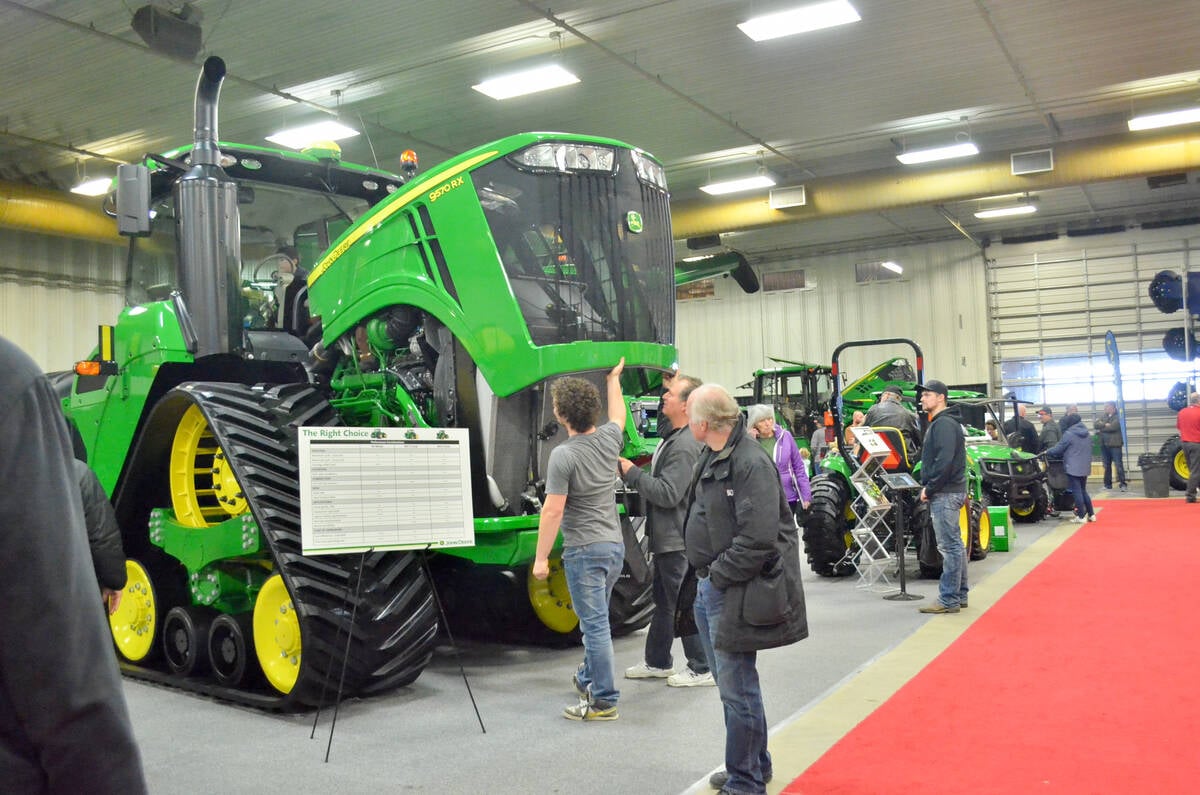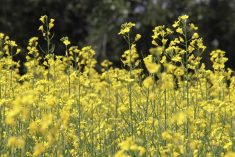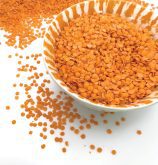India plans to achieve 20 per cent ethanol blending with gasoline by 2025, five years ahead of its previous target, to help reduce its dependence on costly oil imports, the government said January 14.
Last year the government had set a target of reaching 10 per cent ethanol blending by 2022 — meaning 10 per cent of ethanol mixed with 90 per cent of gasoline — and 20 per cent by 2030.
India is the world’s third-biggest oil importer, relying on foreign suppliers to meet more than 80 per cent of its demand.
In the current ethanol supply year, which started in October, India plans to have 8.5 per cent ethanol blending with gasoline. This would be raised to 10 per cent by mixing in four billion litres of ethanol by 2022, the statement said.
Read Also

Manitoba Ag Days 2026 coming up fast
Canada’s largest indoor farm show, Manitoba Ag Days, returns to Brandon’s Keystone Centre Jan. 20-22, 2026. Here’s what to expect this year.
“To achieve 20 per cent blending by 2025, and to meet the requirement of the chemical and other sectors, about 12 billion litres of alcohol/ethanol would be required,” the government said on Thursday.
The sugar industry will divert six million tonnes of surplus sugar to produce seven billion litres of the ethanol needed, the government added, while the other five billion litres of ethanol will be produced from excess grain.
Last month the cabinet announced a scheme to attract about 400 billion rupees (US$5.5 billion) in private investment to expand India’s capacity to produce ethanol from sugar and grains.
Moves to increase ethanol content are also aimed at providing an alternate source of revenue for sugar mills as India will not be entitled to extend sugar export subsidies beyond 2023, under the World Trade Organization Agreement on Agriculture.














